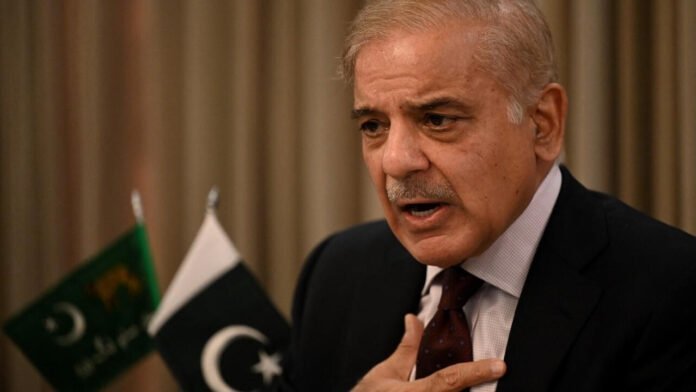Administrative resistance has proved to be PM Shehbaz Sharif most significant challenge. This thorny problem has become the most critical threat to his premiership.
Unheeded Proposals and New Committee PM Shehbaz Sharif
There are misgivings over the PM Shehbaz Sharif decision to constitute a new committee headed by the finance minister to downsize the federal government. These doubts have emerged due to ignoring recommendations from two earlier austerity committees, which the Prime Minister established.
Federal Government Reorganization PM Shehbaz Sharif
According to well-placed sources, the PTI (Pakistan Tehreek-e-Insaf) government’s federal cabinet had given its green signal for a significant reorganization plan involving federal government departments. Finally, 325 out of 441 federal institutions were decided to be kept. Despite approval by the cabinet, bureaucratic inertia has prevented the plan’s implementation.
If the current government had political will, they could reduce public expenditures based on Dr. Ishrat Hussain’s restructuring proposal, which the PTI approved during their tenure in power, instead of Rais Hussain’s.
Proposals made by Dr. IshratHussain’ss Task Force
Dr. Ishrat Hussain led the Task Force on Institutional Reforms. She suggested privatizing or transferring 43 organizations from government control (to Sarmaya Pakistan Limited), transferring 15 organizations to provincial governments, ICT, and Gilgit-Baltistan, closing down eight organizations, and merging 32. The PTI cabinet also approved restructuring 17 institutions as training and policy support institutes and categorized 325 institutions into two broad categories: executive departments and autonomous bodies.
Bureaucracy Resistance Vs. Unfulfilled Programmes
Task force on austerity measures and government realignment appointed by PTI inducted all these federal institutions under eighteen headings such as Constitutional bodies; regulatory authorities; courts/tribunals; Commercial/Semi-commercial bodies; public utilities/services providers; promotional bodies; financial institutions; training institutions, research/data/documentation bodies, educational institutions, quality assurance bodies, development authorities, councils/commissions/committees, trusts/foundations, executive agencies, security/enforcement bodies, scientific research bodies and others.
The cabinet approved the plan, but bureaucratic resistance prevented its implementation. Dr. Ishrat Hussain left the PTI government disappointed because they could not fully implement his major reform work due to a lack of political will.
Growing Number of Federal Employees
In 2021, it was revealed that there was an increase in the number of federal employees despite devolution. It resulted from a sudden rise in 137000 new employees registered in 2016-17. Dr Ishrat Hussain informed the PTI government that as of 2010-11, the total number of federal employees was around 829000, which continued the sudden rise in figures during 2016-17, reaching a total close to 966000. Most (85%) of these new hirings were for the federal government (Secretariat and Attached departments), while autonomous bodies hired about 21000 people.
Ignored Recommendations on Vacant Positions
Just like the previous austerity committee under the Shehbaz Sharif-led government, the PTI’s Task Force on Reforms also suggested abolishing 7,1000 vacancies that had remained unfilled for over a year. However, the authorities have also ignored this suggestion, and recently, they referred the matter to another committee, headed by the Finance Minister.


